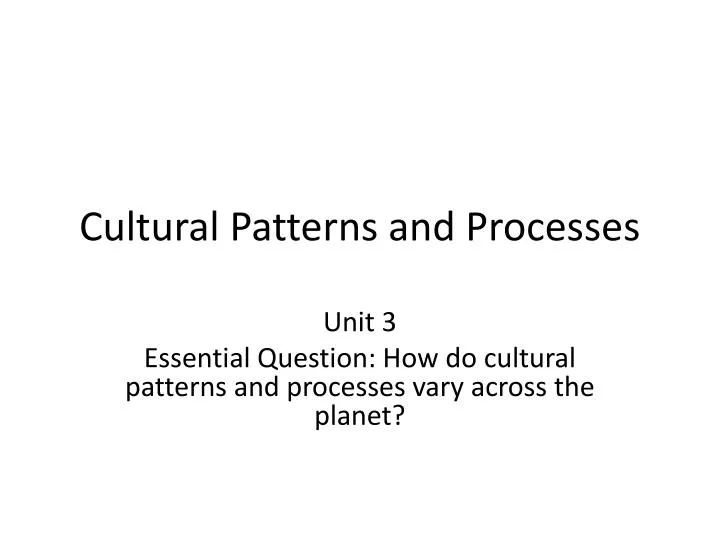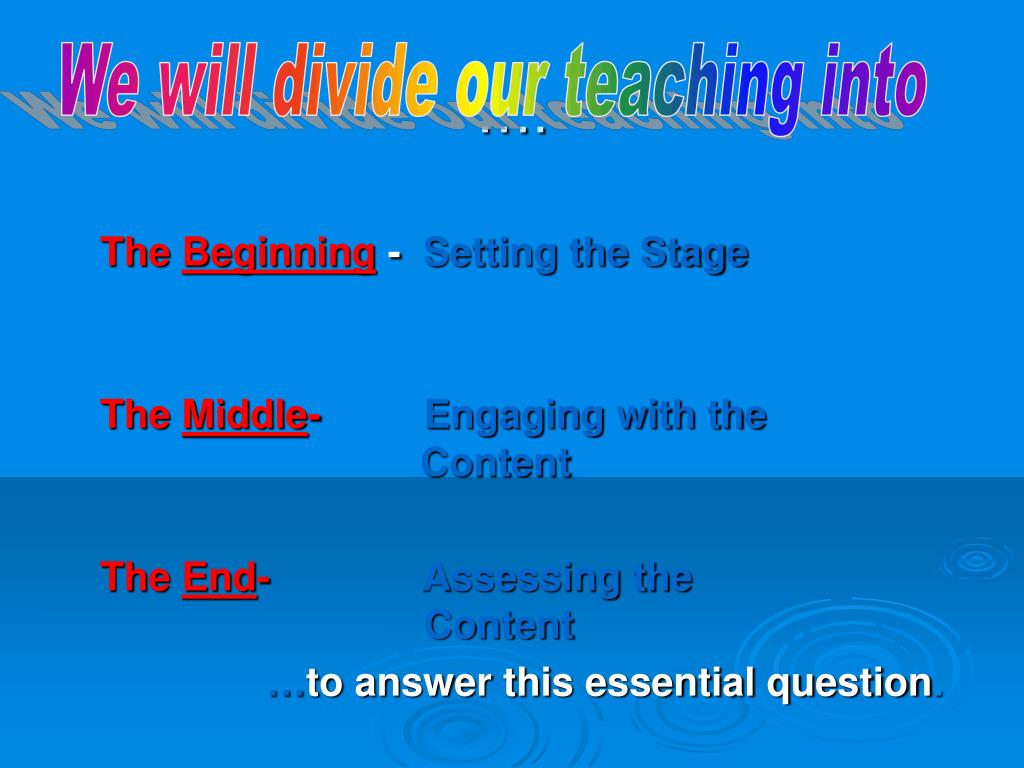



What are families like in Francophone cultures?.What role does technology play in leisure activities?.

ESSENTIAL QUESTION FOR SPEAK UNIT FREE
How do people in Francophone cultures spend their free time?.What classes do kids take in Francophone countries?.How and where do students get their school supplies?.What is school like in a Francophone country?.While most of the resources I’ve used in the past reflected mostly French culture, my first goal will be to incorporate more materials from other Francophone cultures in order to more fully address these essential questions. (I’ve slightly modified the topics since my initial reflection in this post.) For each unit, I identified a general essential question for the topic, as well as some more specific questions that will be answered in the authentic resources I’ve chosen for the unit. As a first step to improving my own practices in this area, I looked over this year’s course outlines for my French 1, 2, and 3 classes and listed some cultural essential questions that are addressed by the instructional activities I’ve planned for each one. In spite of these challenges, there is no doubt that it is our responsibility to develop our students’ cultural competence. Lastly, the lack of a common culture among our diverse students sometimes makes cultural comparisons nearly impossible. Furthermore, novice students, whose communicative proficiency may be limited to expressing their own basic needs, may not be able to adequately represent their knowledge of the target culture in the target language. As a result, we must sometimes choose between the authenticity of the texts we select as sources of linguistic input and the diversity of the cultural information we present to our students. While designing our lessons around authentic resources helps us to infuse our lessons with relevant cultural information, it is often challenging to find appropriate materials that reflect Francophone cultures outside of Europe and North America. Designing units that address the breadth of our target cultures, are accessible to learners across proficiency levels, and are respectful of our students’ own varied cultural backgrounds is not an easy undertaking. While it is clear that cultural knowledge plays an important role in communication, we face certain difficulties as we strive to develop culturally rich lessons for our students. As a result of this week’s lively discussion on #langchat, I have realized that my local colleagues and I are not alone in our desire to more fully integrate culture in spite of the challenges inherent in doing so. In Ohio, where I teach, the role of culture in communication is made clear by the inclusion of an interculturality component in both the performance and proficiency rubrics. As the World Language teachers in my district continue to work on revising our curriculum, one of our most important goals is to be more purposeful in teaching our students the products, practices and perspectives of the cultures who speak the languages we teach.


 0 kommentar(er)
0 kommentar(er)
